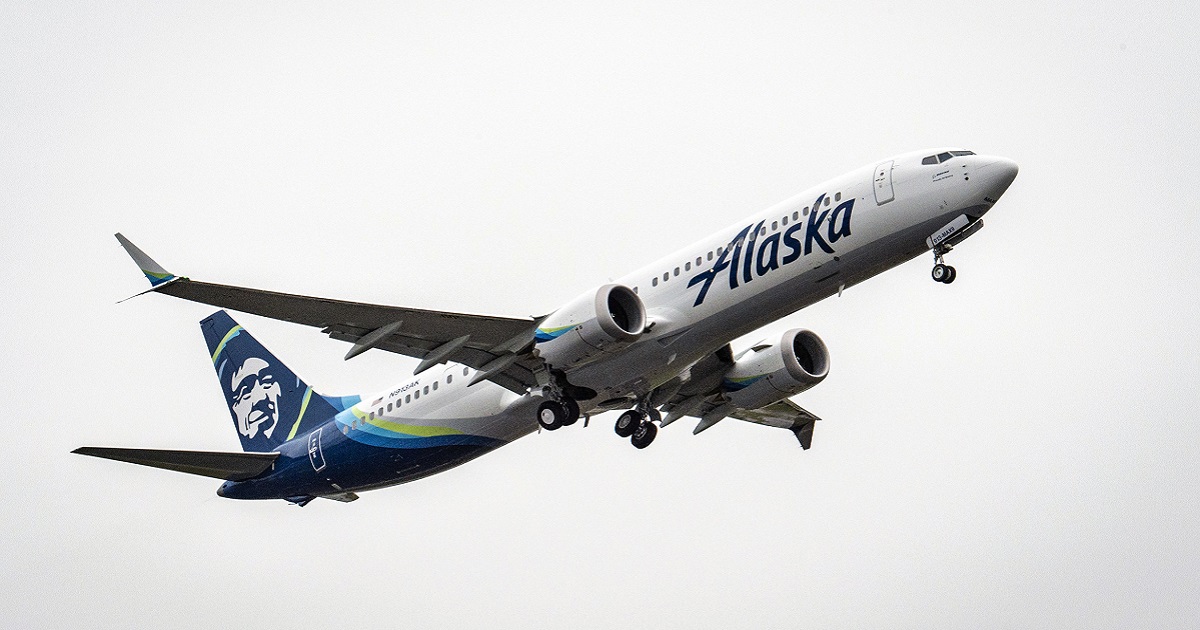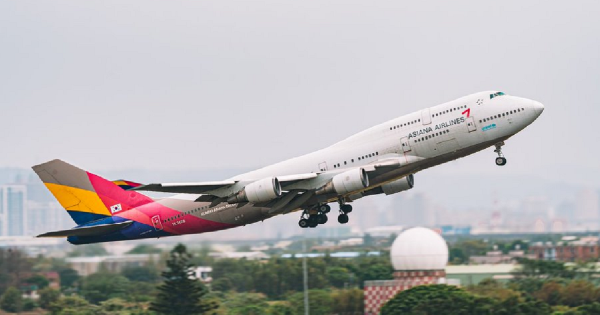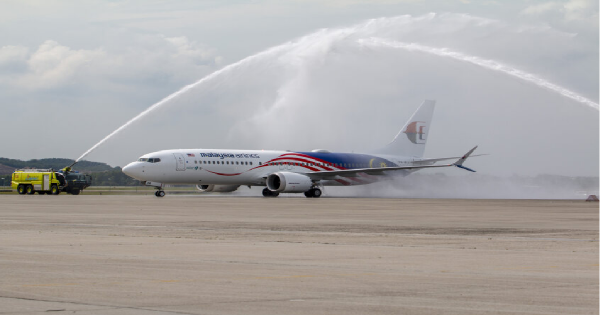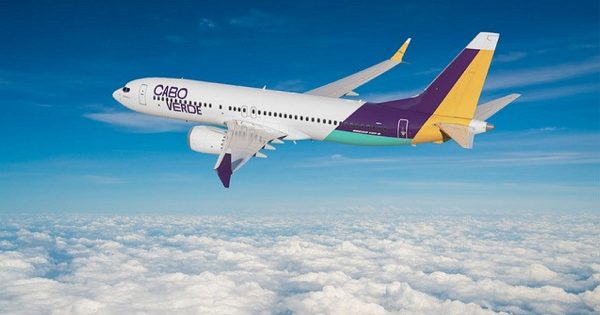Alaska Airlines has accepted delivery of its first Boeing 737-9 MAX airplane.
Alaska pilots flew the aircraft on a short flight yesterday from the Boeing Delivery Center at Boeing Field in Seattle to the company’s hangar at Sea-Tac International Airport with a small group of Alaska’s top leadership on board.
Alaska’s first 737-9 MAX is scheduled to enter passenger service on March 1 with daily roundtrip flights between Seattle and San Diego, and Seattle and Los Angeles. The airline’s second 737-9 is expected to enter service later in March.
Teams from across various divisions at Alaska will now follow a strict readiness timeline that guides the actions that must be taken before the start of passenger flights. The process – involving rigorous rounds of test flying, verifying and specific preparations – will take five weeks:
Alaska announced a restructured order agreement with Boeing in December 2020 to receive a total of 68 737-9 MAX aircraft in the next four years, with options for an additional 52 planes. The airline is scheduled to receive 13 planes this year; 30 in 2022; 13 in 2023; and 12 in 2024. The agreement incorporates Alaska’s announcement last November to lease 13 737-9 aircraft as part of a separate transaction.
About Alaska Airlines
Alaska Airlines is the fifth largest airline in the U.S. Its primary hub is Seattle-Tacoma International. Together with its regional partners Horizon Air and SkyWest Airlines, Alaska operates a large domestic route network to 100+ destinations in the contiguous United States, Hawaii, Canada, Costa Rica, and Mexico.
Routes
Alaska Airlines and its regional partners serve more than 115 destinations across the United States and North America.
Fleet
Over 300 aircraft, including:
- 51 Airbus A320
- 167 Boeing 737 (including 1 737MAX)
- 32 Bombardier Q400
- 62 Embraer 175
Alliance
On March 31, 2021, Alaska will officially become a member of the oneworld global alliance.
These 68 aircraft will largely replace Alaska’s Airbus fleet and move the airline substantially toward a single, mainline fleet that’s more efficient, profitable and environmentally friendly.
N.B. Image credit: Alaska Airlines







